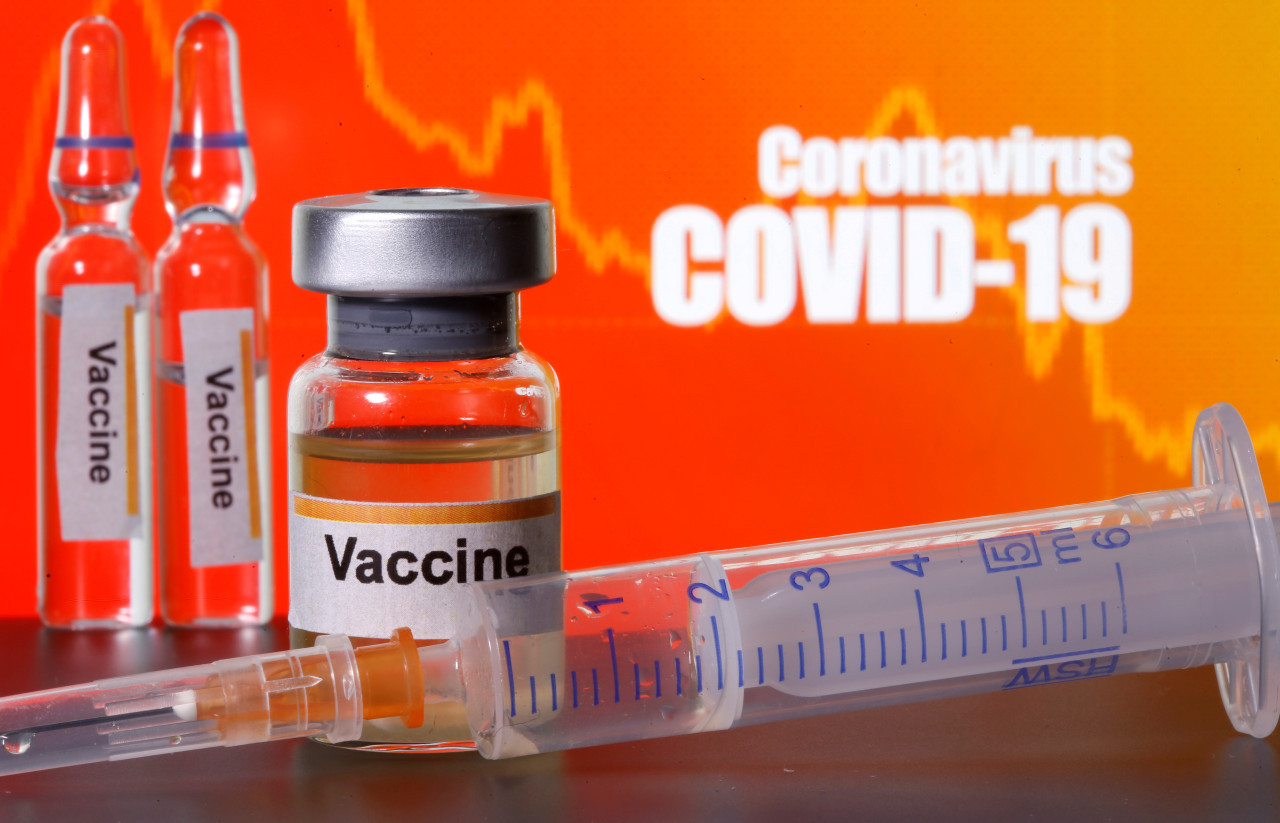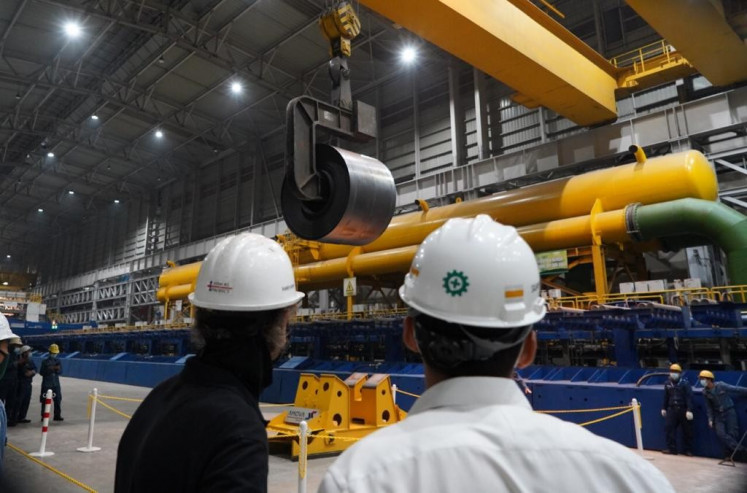Popular Reads
Top Results
Can't find what you're looking for?
View all search resultsPopular Reads
Top Results
Can't find what you're looking for?
View all search resultsManaging expectations for COVID-19 vaccine
A variety of factors must be considered in Indonesia's planned vaccination program, not the least of which is managing public expectations.
Change text size
Gift Premium Articles
to Anyone
V
accines are most likely not going to help much in Indonesia’s fight against the COVID-19 epidemic, so keeping expectations low is probably the best thing we can do.
It all boils down to the low likelihood that our vaccination strategy will achieve herd immunity: immunizing a certain proportion of the population against a disease so that everyone – the herd – is protected.
If this can be achieved through vaccination, as opposed to allowing the disease to spread widely, the epidemic can be stopped and a large number of cases or deaths can be averted. For COVID-19, the government projects that immunizing 67 percent of the Indonesian population can achieve this.
But the devil is always in the details.
First, the figure of 67 percent derives from estimating a basic reproduction number (written as R0 or R0) of 3 for SARS-CoV-2, the virus that causes COVID-19. Subtract the reciprocal initial rate (1/R0) from 1, and we get 0.67. But this is based on just one estimate. There are also estimates of R0 that are lower or higher than 3. More importantly, this estimate assumes that the vaccine is 100 percent effective. If the actual reproduction number is higher, or the vaccine does not confer immunity 100 percent of the time, we will be vaccinating too few people.
Second, achieving high vaccination coverage will likely require the vaccine to be provided for free, or at a heavily subsidized price. The COVID-19 vaccine acceptance survey conducted jointly by the Health Ministry, the World Health Organization (WHO) and the United Nations Children’s Fund (Unicef) revealed that only 35 percent of survey participants were willing to pay for the vaccine. Of these, only 40 percent were willing to pay more than Rp 100,000 (US$7.13), while only 17 percent were willing to pay the estimated price of Rp 200,000 per dose for the Sinovac vaccine.
As a caveat, the survey did not seem to clearly ask whether the participants would be willing to pay for a single dose or for the complete vaccination, which requires two doses. If the question referred to the willingness to pay for complete vaccination, which would cost at least Rp 400,000, then only 8 percent of the survey participants were willing to pay.
Distributing 70 percent of the unsubsidized vaccine through the private sector is very unlikely to be a sound strategy to achieve high vaccination coverage.
Lastly, vaccination will produce herd immunity only if the vaccine prevents transmitting the disease to others. But not all vaccines are created equal. Some vaccines can protect people from getting ill, but may not stop these same people from spreading the infectious agent to other people.
Tal Zak, Moderna’s chief medical officer, was remarkably honest when he told American news site Axios that the company did not have the data showing that its vaccine could prevent transmission. This did not mean that the vaccine could not prevent transmission, just that the data was not available. But until such data becomes available, it will be best to assume that vaccinated individuals could potentially be asymptomatic carriers of COVID-19. If this is true, vaccination will never achieve herd immunity.
In fact, consider that the government’s current vaccination plan leaves out at-risk groups like the elderly. If vaccination does not prevent transmission, but changes people’s behavior in that they start acting as though they cannot spread the disease, than mass vaccination could perversely increase the risk of vulnerable groups from becoming infected.
So here are three suggestions if vaccination is to help Indonesia fight the epidemic.
First, aim to vaccinate more than the estimated threshold. Eighty percent sounds like a better proportion, but Japan is playing it safe by aiming to vaccinate its entire population.
Second, vaccines must be provided free of charge or be heavily subsidized. Involving the private sector is a good idea for improving geographical reach, but not necessarily access to the vaccine.
Lastly, vaccines should not be viewed as a silver bullet. Risk and potential shortfalls must be communicated clearly, such that non-pharmaceutical interventions can still be implemented effectively even after the rollout of the vaccination program. This is especially necessary, since it will take some time until enough vaccine doses are produced to meet the demand.
Vaccination is currently not likely to be of much help to Indonesia’s COVID-19 battle. But we can always manage our expectations.
The writer is a physician and epidemiologist. The opinions expressed here are personal.










